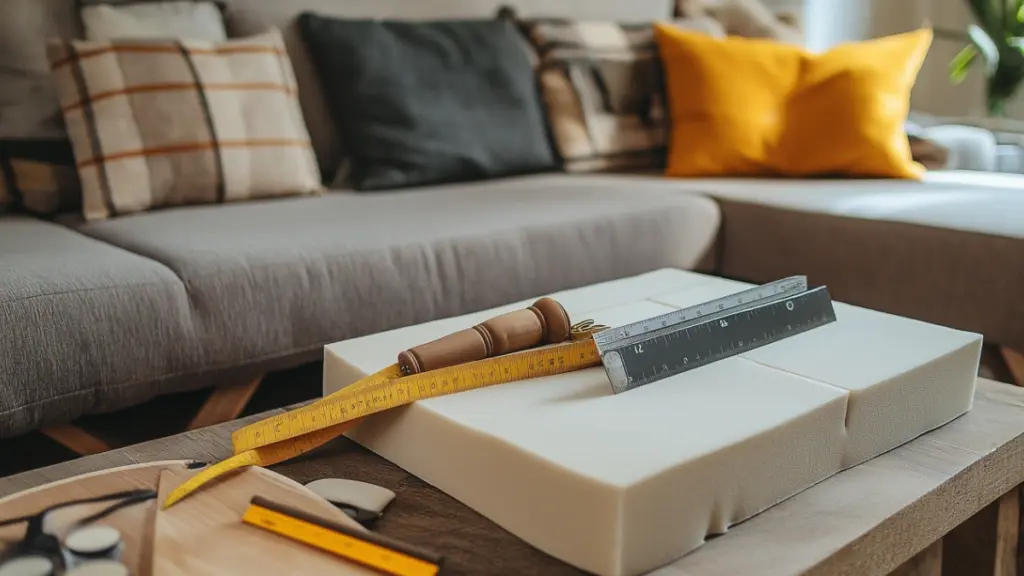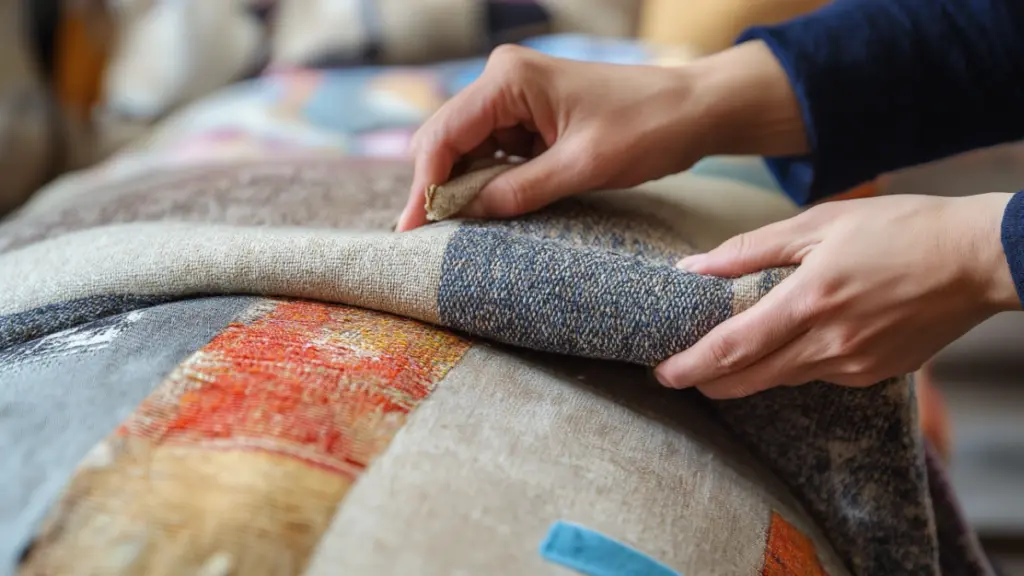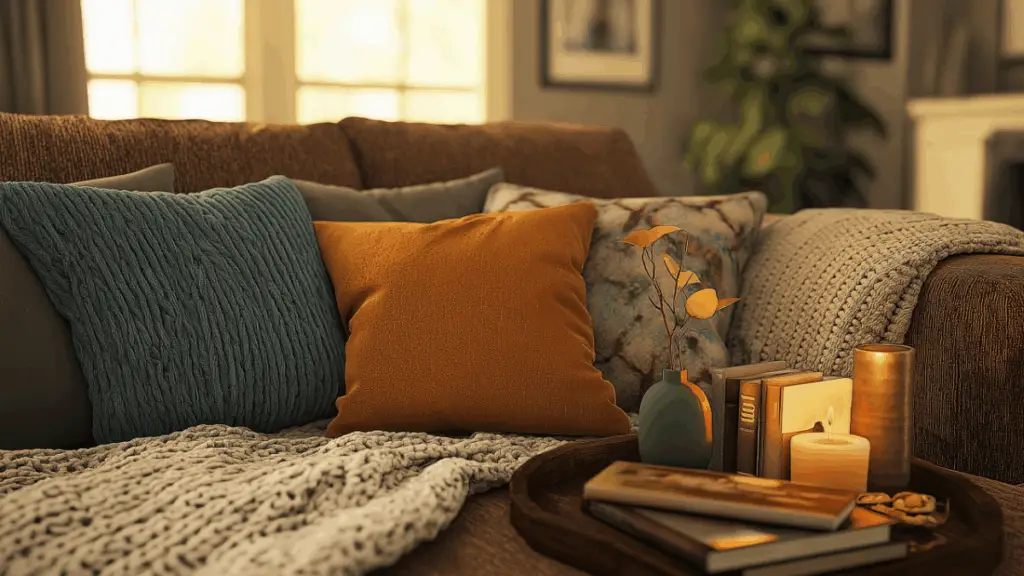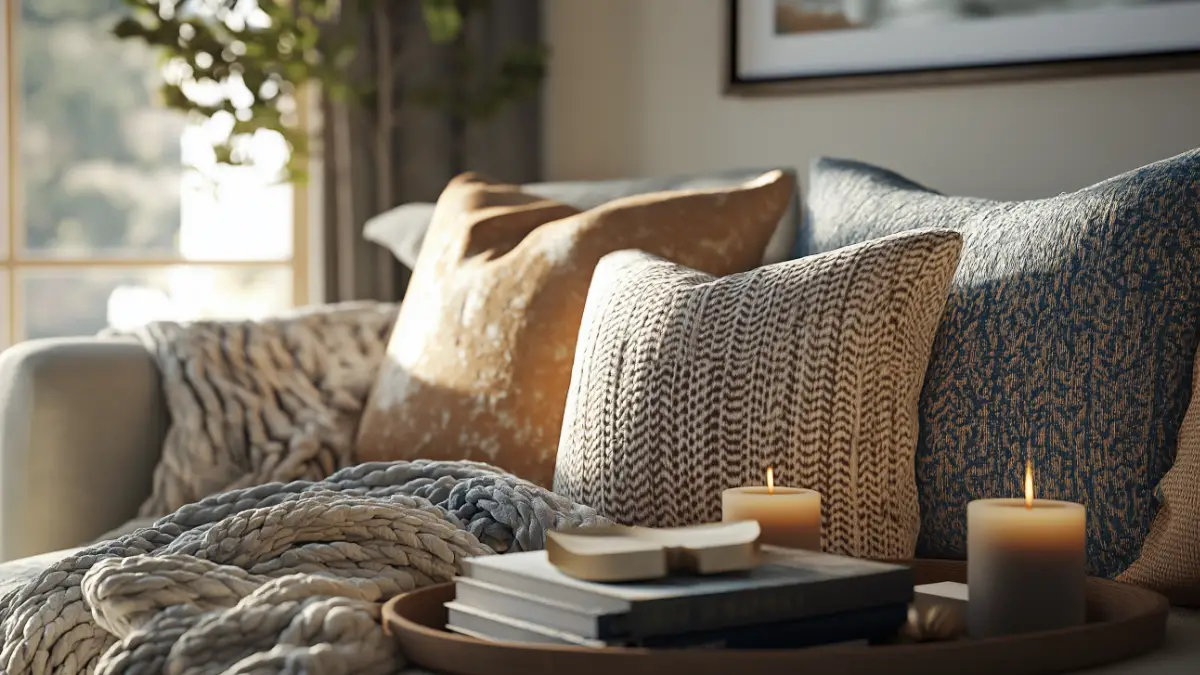DIY Couches: A Stylish Step-by-Step Guide to Building Your Own Custom Sofa at Home
Table of Contents
Introduction
Ever walked through a furniture store and thought, “If only this couch came in a different size, fabric, or color”? You’re not alone. Custom sofas can cost a fortune—and even then, they often don’t quite match your personal style or space. Enter: the DIY couch revolution.
With creativity and basic tools, you can build a cozy, customized sofa that fits your aesthetic, space, and lifestyle. According to Pinterest’s 2024 trends report, DIY furniture and multifunctional pieces saw a 60% year-over-year increase in search volume—proving that home decorators are craving both personalization and practicality.
In this post, we’ll walk you through how to create your own stylish DIY couch from scratch. From planning and sourcing materials to crafting a frame, adding cushions, and finishing with fabric and styling tips—you’ll have everything you need to create a Pinterest-worthy centerpiece that feels both luxe and lived-in.
Outline
1. Planning Your DIY Couch: Style, Size & Layout

- Determine where the couch will go: corner, wall-mounted, or freestanding.
- Choose the couch style: modern, boho, farmhouse, or minimalist.
- Measure your space carefully (account for arms, back height, depth).
- Sketch your design or use free online 3D tools like SketchUp or Roomstyler.
Table: Common Couch Styles & Their Vibe
| Style | Visual Aesthetic | Works Well In… |
| Modern | Sleek, neutral, clean lines | Small apartments, condos |
| Farmhouse | Warm woods, linen fabrics | Family rooms, rustic homes |
| Boho | Colorful, eclectic, natural textures | Studio spaces, creative homes |
| Minimalist | Monochrome, low-profile | Urban lofts, airy interiors |
2. Building the Frame: Materials, Tools & Instructions

- Use 2x4s or plywood for a sturdy, lightweight frame.
- Tools needed: circular saw, drill, screws, measuring tape, level.
- Build base first, then armrests and backrest.
- Sand all edges and test for stability.
Table: DIY Couch Frame Supply List
| Material/Tool | Purpose | Quantity Needed |
| 2×4 wood planks | Frame structure | 6–10 pieces |
| Plywood sheet | Couch base support | 1 large panel |
| Foam cushions | Seating comfort | Based on couch size |
| Power drill + screws | Assembly | 1 drill, ~50 screws |
3. Choosing & Cutting Foam Cushions
- Opt for high-density upholstery foam (4–6 inches thick).
- Measure for seat, back, and armrest sections.
- Use an electric knife or serrated blade for precision cuts.
- Wrap with batting for extra softness and clean edges.
Table: Foam Cushion Types & Their Feel
| Foam Type | Firmness | Ideal Use |
| High-Density | Firm | Seating base |
| Medium-Density | Moderate | Backrests, armrests |
| Memory Foam Topper | Soft | Luxury feel, add-on layer |
4. Upholstering the Couch: Fabric, Staples & Style

- Choose fabric that matches your room’s decor (linen, velvet, canvas).
- Use a staple gun to attach fabric tightly to the base and cushions.
- Add piping or tufting for a more refined look.
- Removable covers = washable and pet-friendly!
Table: Upholstery Fabric Comparison
| Fabric Type | Durability | Feel | Aesthetic Style |
| Linen | Medium | Crisp, airy | Casual, Scandinavian |
| Velvet | High | Plush, luxe | Glam, eclectic |
| Canvas | High | Firm, structured | Minimalist, modern |
5. Styling Your Finished DIY Sofa

- Add throw pillows in varying sizes and textures.
- Drape a knit blanket or faux fur throw across one arm.
- Consider leg height for visual balance and vacuum access.
- Place a tray with books or a candle for that styled look.
Table: Styling Add-Ons for DIY Sofas
| Item | Function | Recommended Style Match |
| Throw pillows | Comfort + color | Boho, farmhouse |
| Faux fur throw | Texture + warmth | Modern, glam |
| Low-profile legs | Elevation + airiness | Minimalist, modern |
| Wood tray | Practical + decorative | Scandinavian, rustic |
6. Custom Features: Storage, Slipcovers & Modular Options
- Hidden storage under the seat with hinged base.
- Modular designs: build in sections you can rearrange.
- Make your own slipcovers for seasonal styling.
- Add built-in side tables for function and flair.
Table: Modular DIY Couch Add-Ons
| Feature | Benefit | Complexity Level |
| Storage Base | Hidden blanket/pillow space | Moderate |
| Removable Covers | Easy cleaning, style swaps | Easy |
| Modular Sections | Rearranging for guests | Advanced |
7. Budget Breakdown & Time Estimate
- Approximate cost: $200–$400 depending on materials.
- Time required: 2–3 weekends with drying time.
- Buying vs. building: cost savings and creative reward.
Table: DIY Couch Cost Breakdown
| Item | Estimated Cost |
| Wood & hardware | $80–$120 |
| Foam & batting | $70–$100 |
| Upholstery fabric | $50–$80 |
| Tools (if needed) | $50–$100 |
| Total | $200–$400 |
Detailed Content Expansion
2. Building the Frame: Materials, Tools & Instructions
Creating a strong, stable couch frame is the most important step in your DIY sofa journey. A sturdy frame ensures your creation is not only beautiful but safe and long-lasting.
Start by choosing your materials. Most builders use 2×4 lumber for the frame’s skeleton due to its strength and affordability. You’ll also need a sheet of plywood for the base platform that supports the seat cushions.
Tools you’ll need:
- Circular saw (or handsaw for small jobs)
- Power drill and 2.5” screws
- Sandpaper or an electric sander
- Measuring tape, level, and clamps
Step-by-step guide:
- Cut your wood to the desired dimensions for length, depth, and height.
- Assemble the base frame into a rectangular box.
- Attach support slats evenly spaced across the base to hold weight.
- Build and attach side arms and the backrest—ensure all corners are square.
- Sand all edges for a smooth finish and test for stability.
Table: DIY Couch Frame Supply List (reused from above)
4. Upholstering the Couch: Fabric, Staples & Style
Once the frame and cushions are ready, it’s time to bring your couch to life with fabric. Upholstering may seem intimidating, but it’s surprisingly manageable with a staple gun and patience.
First, wrap your foam cushions in batting for a professional look. Then cut your chosen fabric, leaving a 3–4 inch margin on each side. Pull the fabric tight and staple it along the underside or back of each cushion and frame section.
Tips for a polished finish:
- Use corner folding techniques for smooth edges.
- Apply fabric protectant spray for longevity.
- Consider piping or decorative tacks for extra flair.
Pro Styling Tip: Choose fabric that complements your throw pillows or rugs to create a cohesive room design.
Table: Upholstery Fabric Comparison (reused from above)
Conclusion
Building your own DIY couch blends the best of both worlds: creative satisfaction and customized home decor. From choosing the style and materials to upholstering and styling the finished piece, every step is a reflection of your unique taste and space. With a bit of planning and effort, your handmade sofa can become a cozy, stylish centerpiece that’s truly one of a kind.

